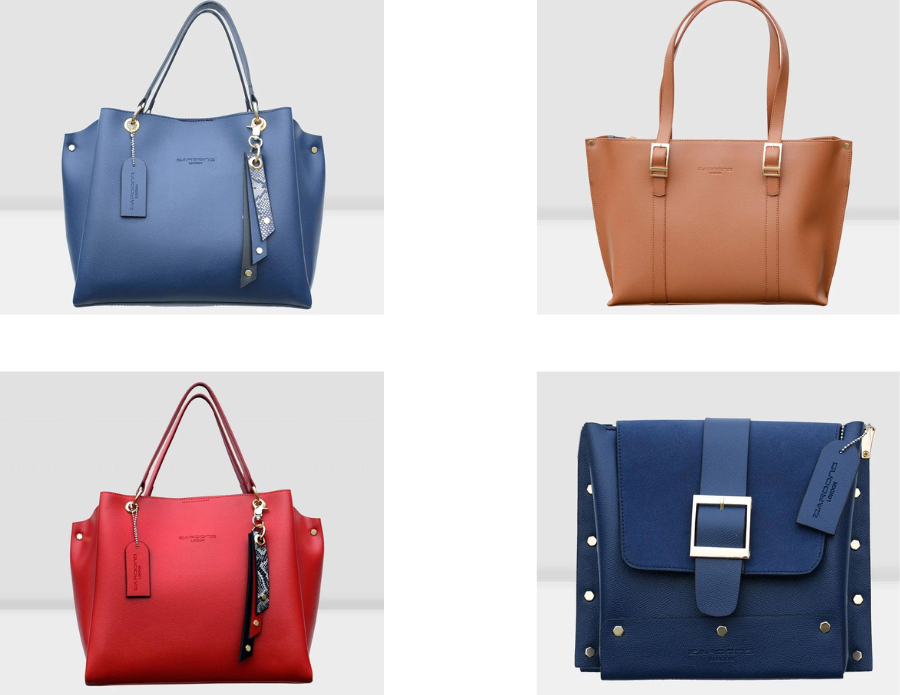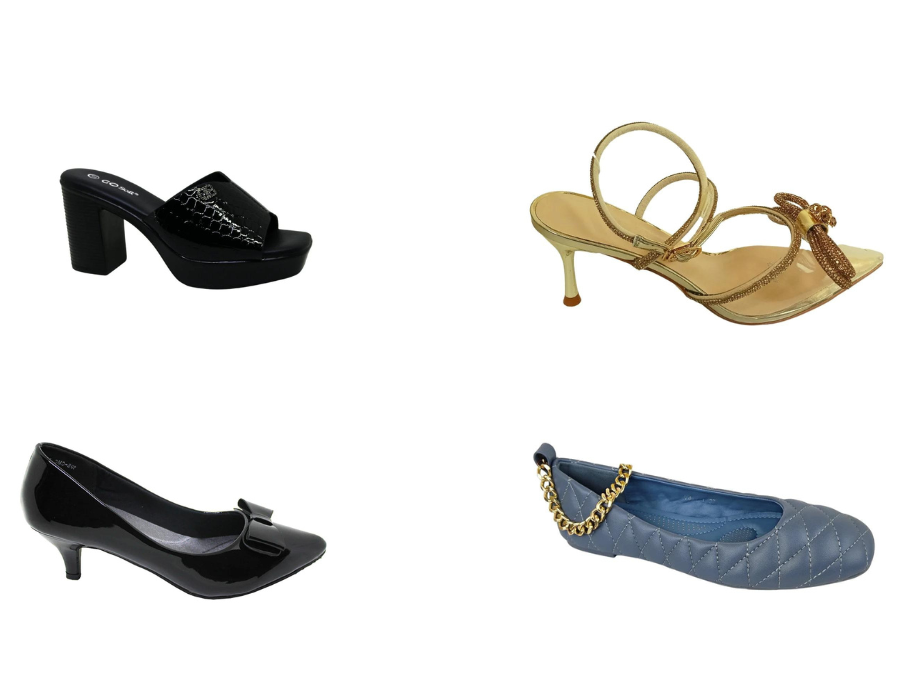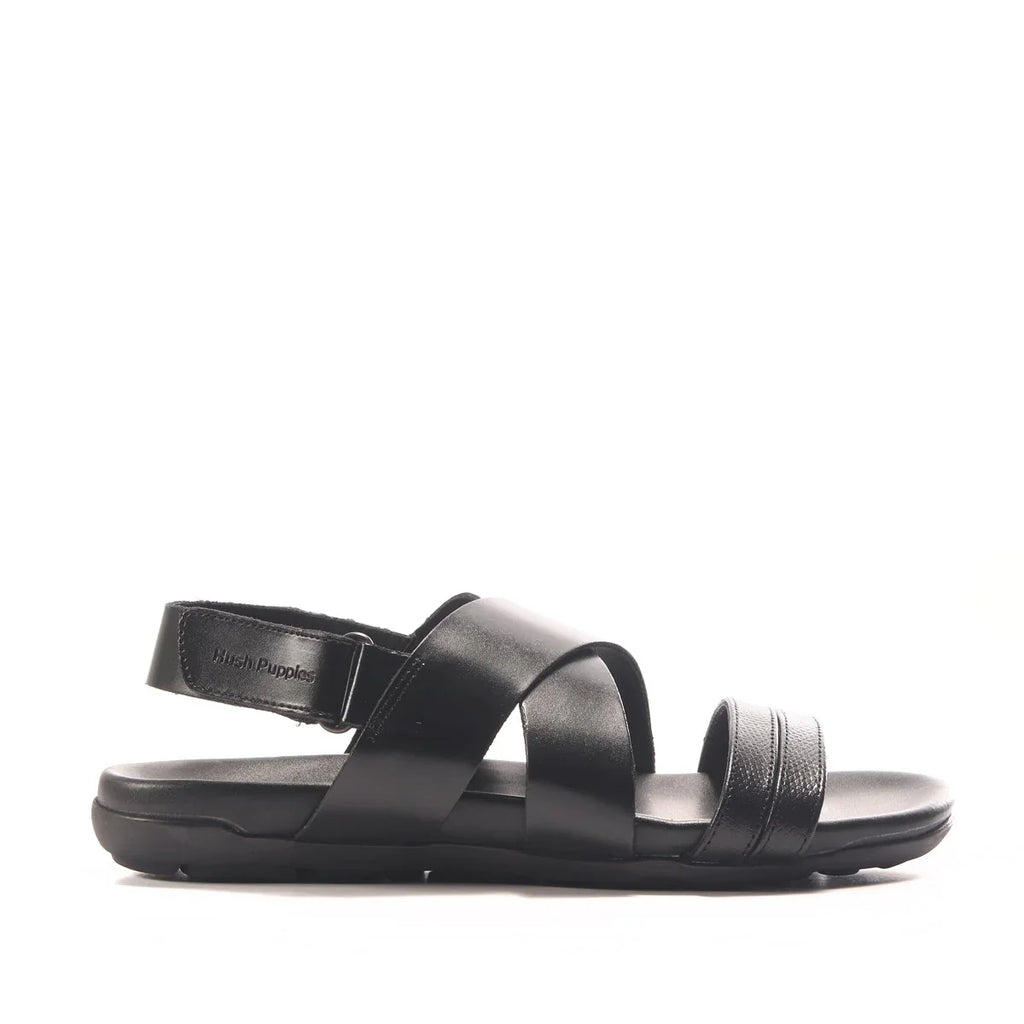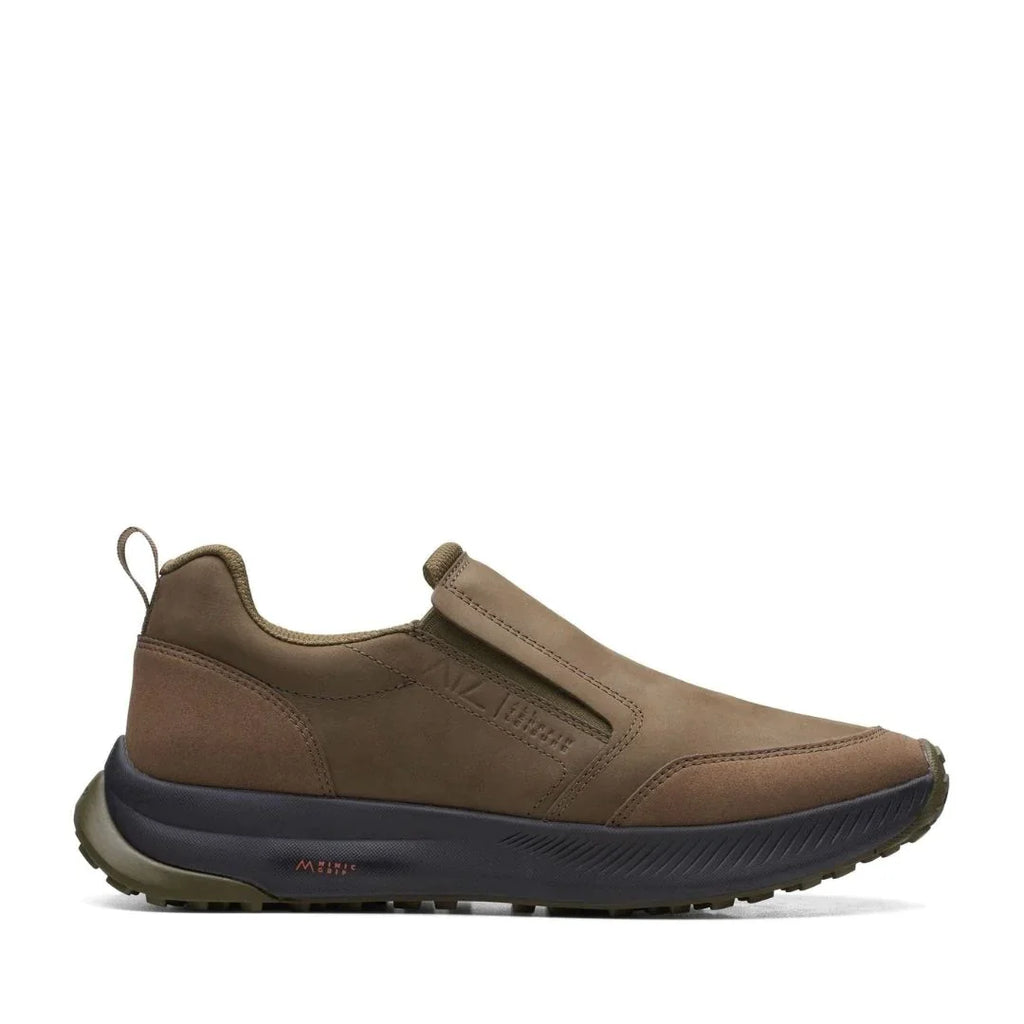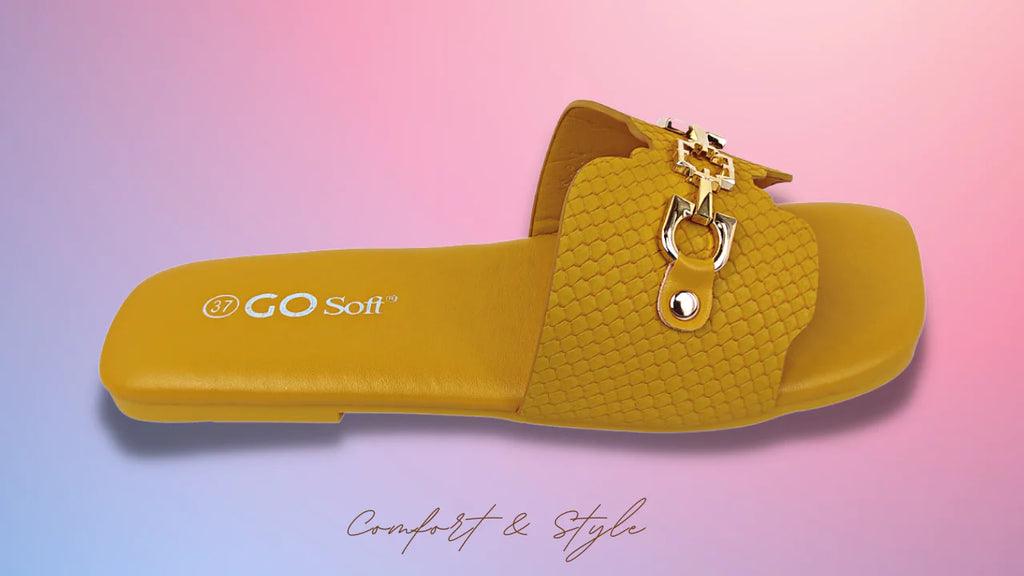
A History of Footwear: From Sandals to Sneakers

Introduction
Footwear has come a long way, both in terms of functionality and fashion. Over the centuries, shoes have evolved from simple, utilitarian items to sophisticated expressions of style and status. At Arqs, we believe it's essential to understand the fascinating history of footwear, as it provides context for the diverse array of shoe options available to us today. In this blog, we'll take you on a journey through time, exploring the evolution of shoes from ancient sandals to modern sneakers.
I. The Birth of Footwear: Ancient Sandals
The history of footwear can be traced back to ancient civilizations. Sandals were among the earliest types of shoes and were made from natural materials like leaves, grass, and animal hides.
A. Egyptian Sandals
- In ancient Egypt, sandals were made of papyrus and palm leaves, often woven together. They were simple, open-toed, and helped protect the feet from the hot desert sands.
B. Roman Sandals
- The Romans had their version of sandals, known as "caligae." These were made of leather and featured thick soles, providing durability for soldiers and civilians alike.
II. Medieval and Renaissance Shoes
During the medieval and Renaissance periods, footwear became more intricate and began to reflect social status and fashion trends.
A. Turnshoes
- Turnshoes were common in the Middle Ages and were stitched inside out, then turned right-side-out. These shoes were typically made of leather and featured pointed toes.
B. Chopines
- Chopines were platform shoes worn by women in the Renaissance period. They could reach towering heights and were often used to elevate the wearer's status.
III. The Age of Industrialization: From Boots to Brogues
The industrial revolution brought significant changes to the production of shoes. Mass production techniques allowed for a wider variety of footwear styles.
A. Victorian Era Boots
- In the Victorian era, boots became a popular choice for both men and women. High-laced boots with intricate patterns and embellishments were in vogue.
B. Oxford and Brogue Shoes
- The 19th century saw the rise of the oxford shoe, characterized by its closed lacing system and low heel. Brogue shoes, with decorative perforations, also gained popularity.
IV. Twentieth Century and Beyond: Sneakers and Beyond
The 20th century marked a turning point in the history of footwear, with the rise of sneakers and the emergence of iconic shoe brands.
A. Sneakers
- Sneakers, also known as athletic shoes or trainers, became a symbol of comfort and casual style. The Converse Chuck Taylor All-Stars and the Adidas Superstar were some of the early sneaker classics.
B. Iconic Brands
- Brands like Nike, Adidas, Puma, and Reebok revolutionized the athletic footwear industry. Sneakers became more than just athletic gear; they were fashion statements.
V. Contemporary Footwear: A World of Diversity
Today, the world of footwear offers an unprecedented variety of styles, materials, and designs to cater to the diverse tastes and needs of consumers.
A. High Heels and Designer Shoes
- High heels and designer shoes continue to captivate fashion enthusiasts, with renowned designers like Christian Louboutin and Jimmy Choo setting the bar for luxury footwear.
B. Sustainable and Ethical Footwear
- The 21st century has also seen a growing emphasis on sustainable and ethical footwear. Brands like TOMS and Allbirds prioritize eco-friendly materials and fair labor practices.
Conclusion
The history of footwear is a testament to human ingenuity, creativity, and the ever-evolving nature of fashion. From ancient sandals to modern sneakers, shoes have gone through a remarkable transformation, reflecting the cultural, social, and technological changes of each era. At Arqs, we celebrate this rich history by offering a wide range of footwear options that pay homage to tradition while embracing contemporary style and comfort. By understanding the past, we can better appreciate the diverse world of footwear available to us today.


